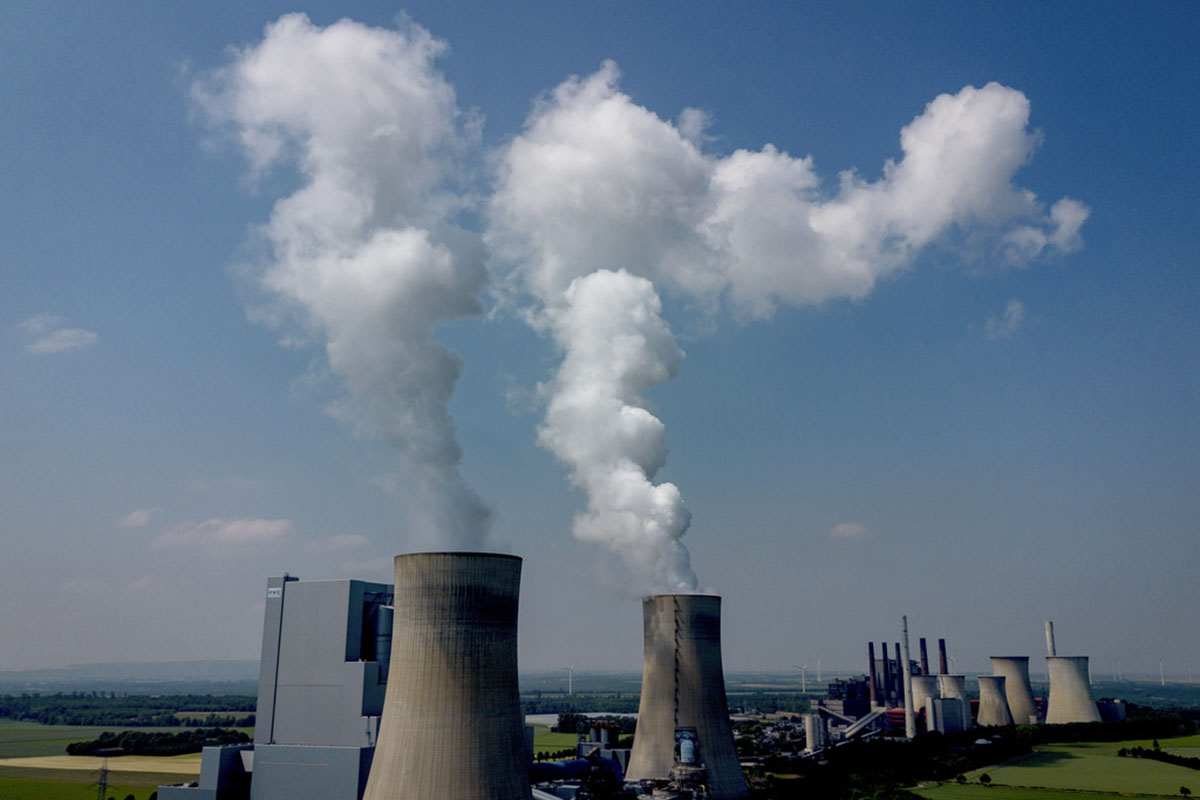
FRANKFURT, GERMANY: Europe's economy enjoyed modest growth in the April-June quarter even as the US outperformed expectations, highlighting a persistent transatlantic growth gap with Germany, the leading European economy, remaining in the dumps and as hesitant consumers save more, rather than spend on new houses or cars.
Gross domestic product, the total output of goods and services, rose 0.3% in the second quarter in the 20 countries that use the euro currency, according to official figures released Tuesday by European Union statistics agency Eurostat. Germany, the largest eurozone economy, slid back into contraction, recording a 0.1% fall in output.
Tuesday's figures follow a similar 0.3% performance from the Jan.-March quarter, the first significant growth after more than a year of stagnation just above, at, or below zero.
By contrast, the US economy grew 0.7% in the second quarter from the first quarter, or 2.8% on an annualised basis. US consumers are spending freely, while support from larger budget deficits and subsidies for business investment, for instance in renewable energy under the Inflation Reduction Act and in semi-conductor production and infrastructure, are also contributing to US growth.
Those two trends are reversed in Europe, where consumers are saving at record levels and governments have started restricting spending to reduce budget deficits.
"The outperformance of the US is largely due to strong private consumption and domestic investment," said Thomas Obst, senior economist at the German Economic Institute in Cologne. "Fiscal policy support was higher in the US than in other advanced economies, overall spending 25% of GDP." Meanwhile, higher interest rates have had less impact on lending and the economy than in Europe, he said.
The middling growth figure from the first half of this year follows five straight quarters of essentially zero growth caused by an outburst of inflation that robbed consumers of purchasing power. Energy prices soared after Russia cut off most supplies of natural gas in 2022 over the invasion of Ukraine, and as the global economy rebounded from the pandemic, straining supplies of parts and raw materials.
Those headwinds have eased, but Europe faces lingering effects as new labour agreements restore real wages with a lag and government support payments and tax breaks, aimed at easing, the energy crisis is phased out. Governments have shifted to trimming deficits that swelled during the energy crunch.
Obst, the economist, noted that while Europe avoided mass layoffs during the pandemic by paying employers to keep workers on, those measures "restricted the ability of the eurozone economy to adapt" and shift resources to new businesses. "It sounds cliché, but a lot of the output gap stems from higher business dynamism in the US than in the eurozone," he said.
Europe's growth is also held back by longer-term factors such as higher taxation and burdensome regulation that will mean average annual real GDP growth rates at least one percentage point lower than in the US, said economist Salomon Fiedler at Berenberg Bank. "If the eurozone wants to catch up with the US economically, it needs to raise its productivity and increase investment in productive capital."
In Germany's case, politicians and economists say overly complicated permissions processes, where it can take years to get the green light to build a new wind energy facility, lack of skilled labour and lagging investment in infrastructure are among the main issues the country needs to tackle.
Higher interest rates from the European Central Bank have helped bring inflation down from 10.6% in October 2022 to 2.5% in June — but have also held back construction activity and quashed a years-long rally in house prices. New car sales were up 4.3% in the first half of the year from the same period last year but remain some 18% below pre-pandemic levels.
Another factor is European consumers' unusually high level of precautionary savings, which reached 15.4% in the first three months of the year, a record high excluding the pandemic years. Reasons for setting aside more money could be the chance to earn higher interest rates by saving, feeling poorer due to lower house prices, and fears about the future, despite low unemployment of 6.4%
The high savings rate and consumer surveys indicate that "intentions to make major purchases are extremely low," said Jack Allen-Reynolds, deputy chief eurozone economist at Capital Economics.
By RSS/AP






